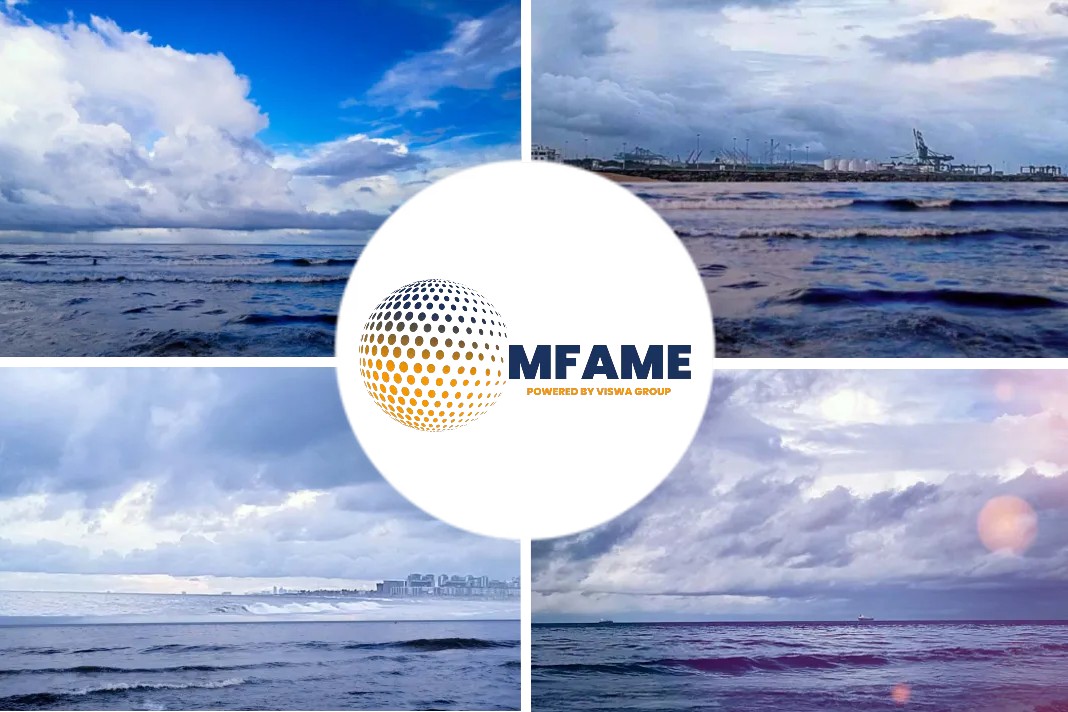
Current trends in shipyard activities, government, ports, funding, and industry participants, as well as fuel transition as reported by Breakwaveadvisors.
MOU for ammonia as a fuel
Maritime industry giants are ready to explore ammonia as green fuel for U.S. East Coast.
Namely, A.P. Moller – Maersk, American Bureau of Shipping, Fleet Management Limited, Georgia Ports Authority, Maersk Mc-Kinney Moller Center for Zero Carbon Shipping, Savage Services, Sumitomo Corporation, and TOTE Services have signed a Memorandum of Understanding (MOU) to study the establishment of a comprehensive and competitive supply chain for the provision of green ammonia ship-to-ship bunkering on the US East Coast.
This study is planned to be conducted at the Port of Savannah, the third busiest gateway for containerized trade in America.
In addition, safety assessments are critical to formulating standards for use of ammonia as a marine fuel.
Relevant government agencies and experts in the US will be engaged in working towards the standardization of safe operations and regulations, the companies behind the study said.
Alliances for Decarbonization
A letter of intent was signed between the Canadian pipeline and energy business Enbridge and the Norwegian fertiliser company Yara Clean Ammonia to work together as equal partners to design and build a large-scale, low-carbon blue ammonia manufacturing facility. The proposed project will be situated at the Enbridge Ingleside Energy Center (EIEC) near Corpus Christi, Texas, US, and once operational, it will be able to deliver low-carbon ammonia to meet growing worldwide demand. It is anticipated to have a capacity of 1.2-1.4 million tonnes per year (MTPA). The manufacturing method is expected to capture and transport around 95% of the carbon dioxide (CO2) produced to adjacent permanent geologic storage.
Japanese duo to support the development of next-gen marine fuel engines: By this technical agreement, J-ENG hopes to advance the development and adoption of next-generation fuel engines as the trend towards the “realisation of a decarbonized society” quickens. Akasaka is a producer of UE engines operating under a UE licence. According to the agreement, J-ENG is continuing to develop ammonia fuel and hydrogen fuel engines as part of the Green Innovation Fund project by the New Energy and Industrial Technology Development Organization (NEDO). Additionally, the business claims that the technology created and employed in these next-generation fuel engines may be used for a wide range of new fuels, including methanol, in addition to ammonia and hydrogen. This technology has a great deal of promise for future growth.
Industry Actions
Norwegian liner targets 50% emission cuts by 2025: North Sea Container Line (NCL), a tiny Norwegian liner with five ships in its fleet, has laid out highly ambitious decarbonization goals, hoping to decrease fleet emissions by 50% by 2025. In order to achieve this, the business and Siglar Carbon, a provider of carbon analytics, have inked a contract. In 2025, NCL will replace three smaller ships with two dual-fuel methanol ships. The size of the ship is optimal for the Norwegian coast, while the hull and hold are optimised for energy efficiency. Energy use per tonne mile is reduced by 63% as a result of all design considerations. Nevertheless, how the fleet is used will also have an impact on emissions figures. NCL operators, therefore, have KPIs for energy consumption per container and will get daily information from Siglar Carbon.
Did you subscribe to our newsletter?
It’s free! Click here to subscribe!
Source: Breakwaveadvisors





















